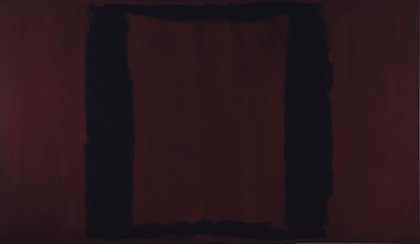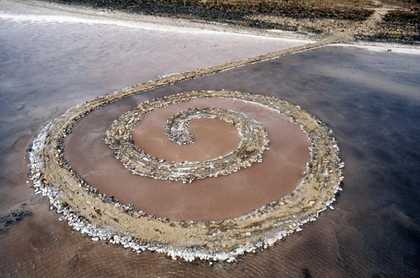Absorb Rothko's paintings, displayed as he intended in a compact room with subtle lighting
Mark Rothko saw these paintings as objects of contemplation, demanding the viewer’s complete absorption.
In the late 1950s, Rothko was commissioned to paint a series of murals for the fashionable Four Seasons restaurant, in the Seagram Building on Park Avenue, New York. He set to work, having constructed a scaffold in his studio to match the exact dimensions of the restaurant. However, the murals were darker in mood than his previous work. The bright and intense colours of his earlier paintings shifted to maroon, dark red and black.
Rothko was influenced by Michelangelo’s Laurentian Library in Florence, with its blind windows and deliberately oppressive atmosphere. Rothko reportedly commented that Michelangelo ‘achieved just the kind of feeling I’m after – he makes the viewers feel that they are trapped in a room where all the doors and windows are bricked up, so that all they can do is butt their heads forever against the wall.’
Recognising that the worldly setting of a restaurant would not be the ideal location for such a work, Rothko withdrew from the commission. He finally presented the series to the Tate Gallery, expressing his deep affection for England and for British artists.
This installation includes all nine of the paintings owned by Tate. Perceived, as the artist intended, in reduced light and in a compact space, the subtlety of the layered surfaces slowly emerges, revealing their solemn and meditative character.
Curated by Helen Sainsbury
Tate Modern


